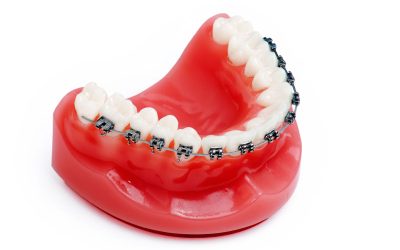Dental implants are a well known procedure designed to solve the problem of losing one or more teeth. Dental implants are not new, for centuries, people have experimented with ways to implant some type of material in the space left when a tooth is lost. Archeologists have found evidence of carved shell and even small pebbles in the jaws of people from the Mayan civilization.
Dental implants in Downers Grove have come a long way since then, the process took off when, in the 1950s it was discovered that titanium can form a permanent bond with human bone. Thanks to this discovery, dental implants started taking the place of a tooth root.
Since the initial discovery of titanium’s unique properties a lot more has been learned about how the surface of the implant makes a difference in the speed of integration with the bone. Originally, dental implants had a smooth exterior, finding that bone grows faster on a roughened surface; dental implants now can bond with the bone in far less time than first imagined.
Healing time:
The healing time begins when the implant is first set in the jaw and ends when osseointegration is complete. During this time it is important that the implant stay perfectly stationary, otherwise the tissue to implant connection will be weak. Early implants could easily take up to six months to fully integrate.
Dental implants in Downers Grove now are closer in appearance to a screw than they are a rod. This design allows the implant to be set snug in the bone, rather than six months, dental implantation is now closer to a six week process.
Modern day dental implants last longer and easier for the dentist to place than they ever have been; this results in an extremely high success rate. This high rate of success has prompted more and more patients to have them rather than crowns, bridges and dentures.


